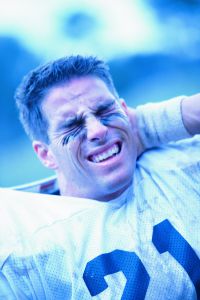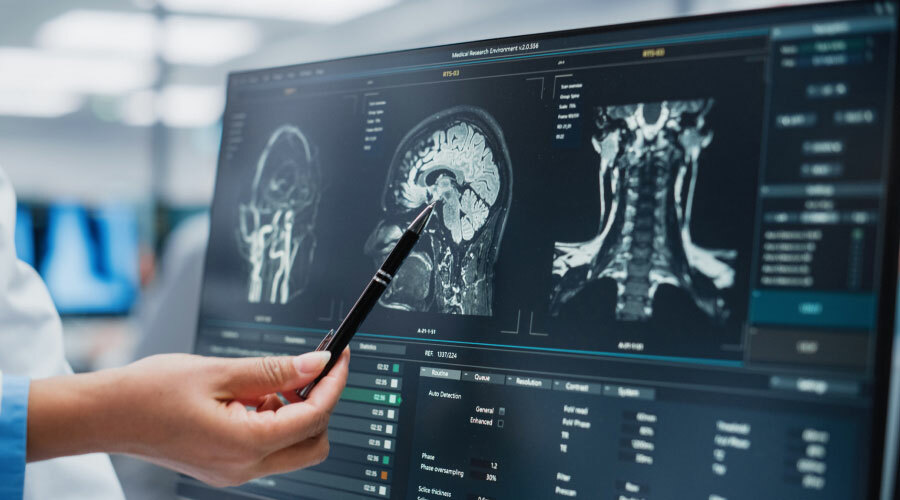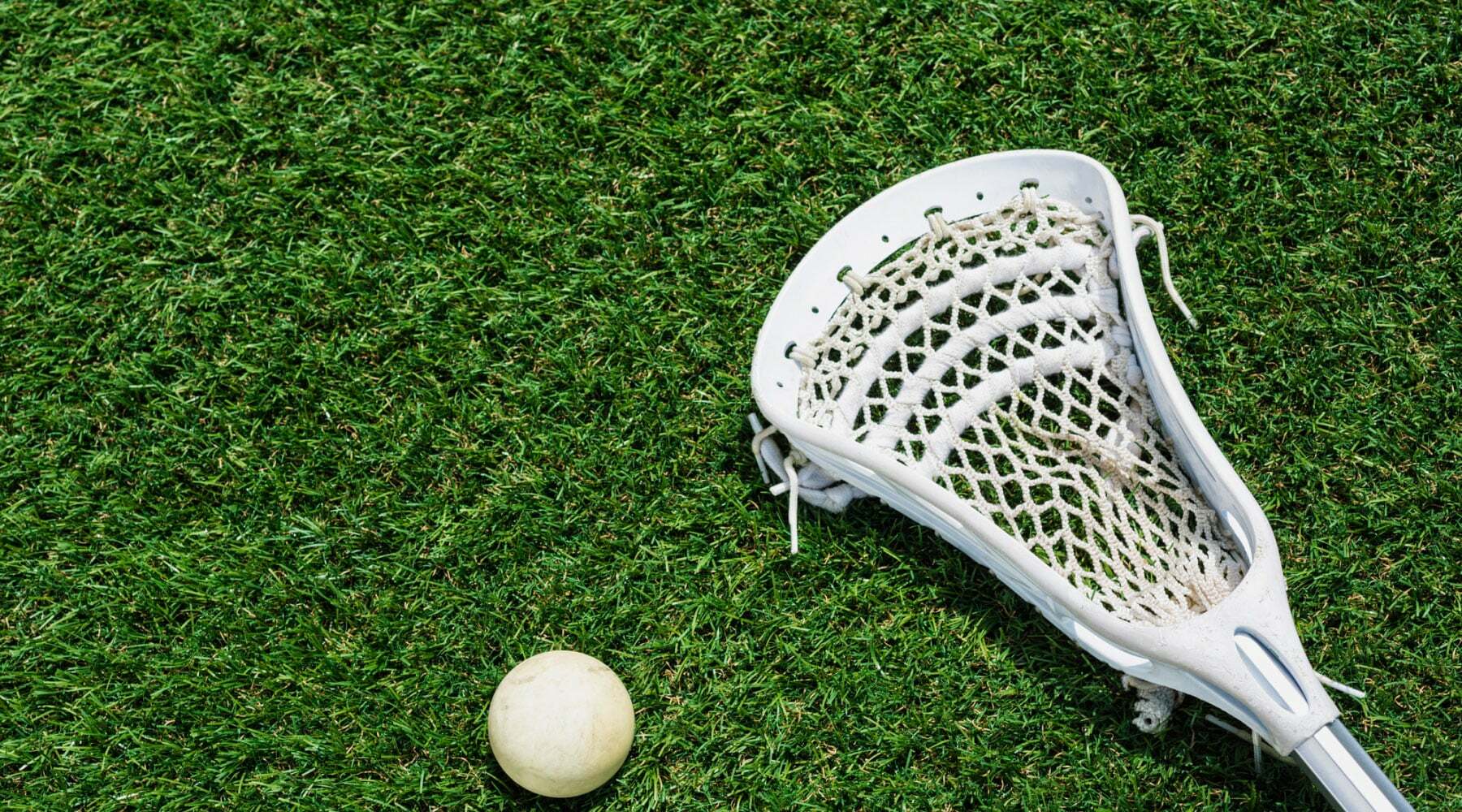contributions by Joshua A. Siegel, MD and Kevin D. Heaton, DO
 A recent study in the American Journal of Sports Medicine showed that as many as 15% of all injuries that occur in high school sports are concussions. Concussions are an epidemic in high school athletics. If you take into consideration all of the ankle sprains, knee injuries, hand injuries and shoulder injuries that occur over the course of the average high school football game or soccer season, 15% is a truly remarkable number. It is also a sign that many of these concussions are probably still not being recognized on the field or at the time of injury.
A recent study in the American Journal of Sports Medicine showed that as many as 15% of all injuries that occur in high school sports are concussions. Concussions are an epidemic in high school athletics. If you take into consideration all of the ankle sprains, knee injuries, hand injuries and shoulder injuries that occur over the course of the average high school football game or soccer season, 15% is a truly remarkable number. It is also a sign that many of these concussions are probably still not being recognized on the field or at the time of injury.
As we learn more and more about the frequency of concussions in high school sports, it is vital that there are experienced athletic trainers and physicians on the sidelines at youth athletic events. These trainers and physicians should be properly trained to learn the intricacies of best practices to treat complex head injuries. Once a concussion has been diagnosed, there needs to be better return to sport criteria instituted throughout the systems to safely protect the brain of the concussed athlete. Formal protocols for mental and physical rest as well as a carefully monitored return to play program are necessary to ensure a safe return to play. The use of neurocognitive testing such as the ImPact test allows for some of the underlying and lingering effects of concussion to be objectified. Neurocognitive testing should be used in the context of treatment including physical exams for specific symptoms, medical history or previous concussions, gender and balance testing. If we continue to educate and raise awareness and follow formal protocols we should be able to better manage and hopefully prevent long-term effects of concussions on high-school athletes.


